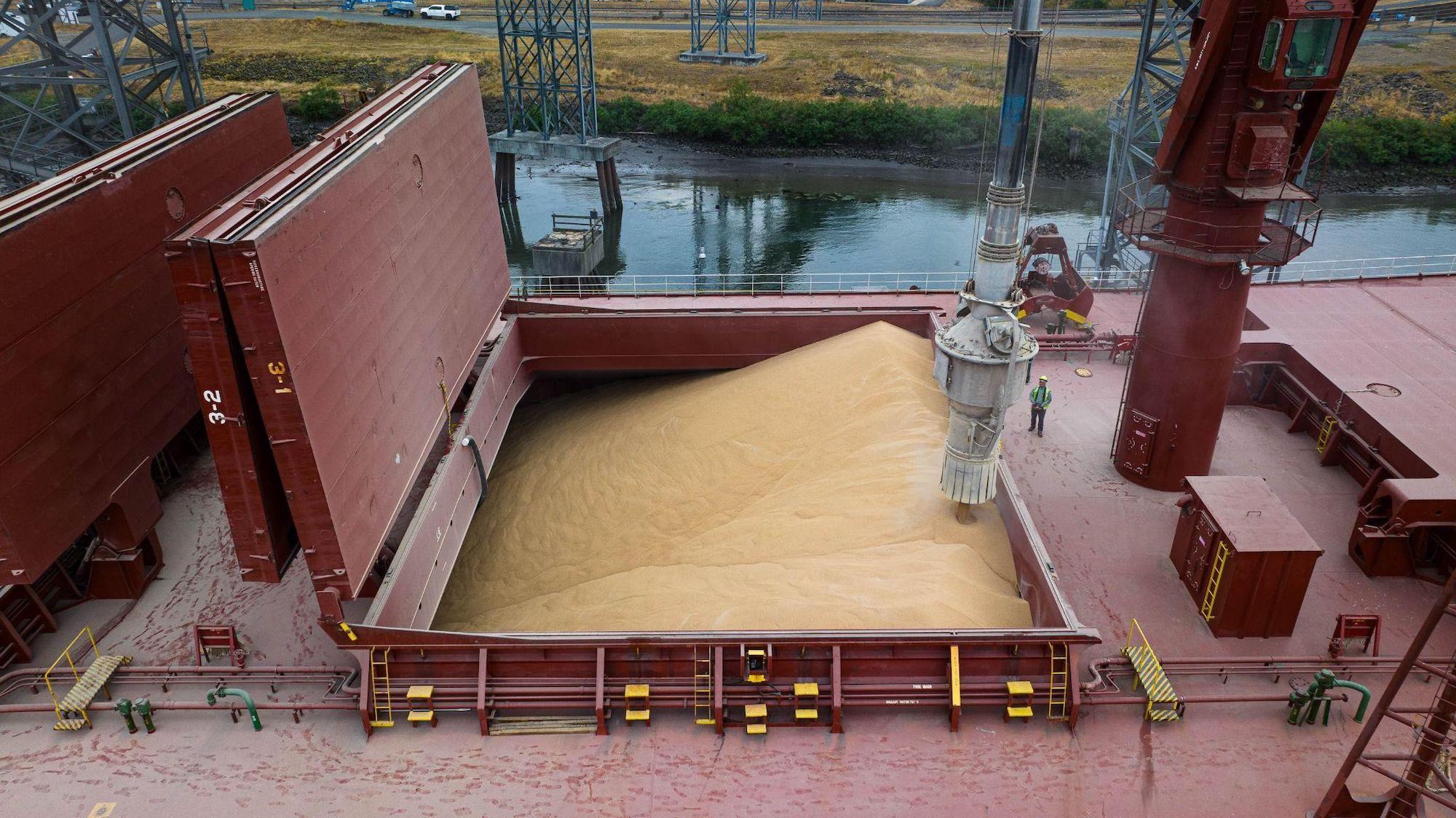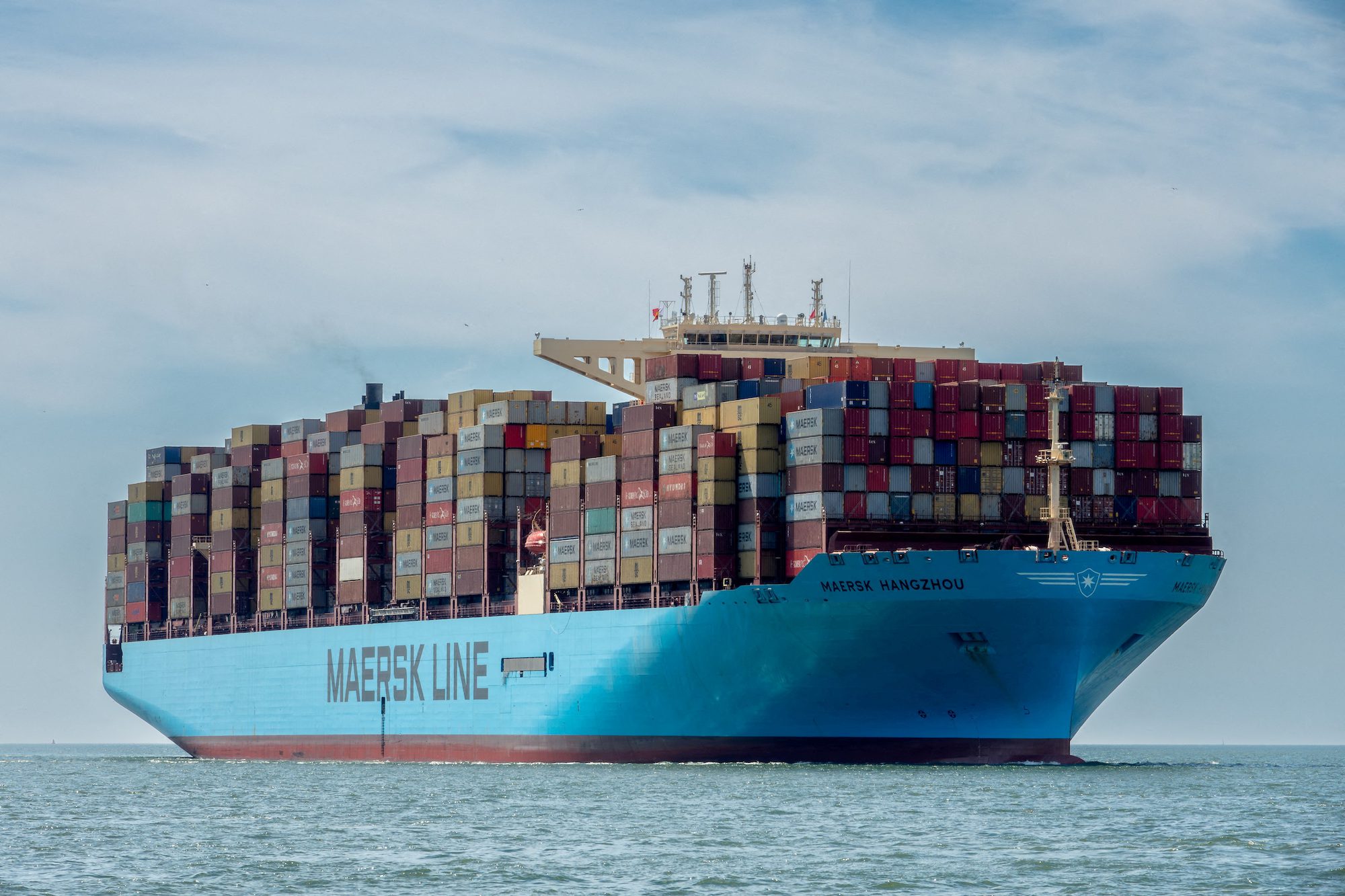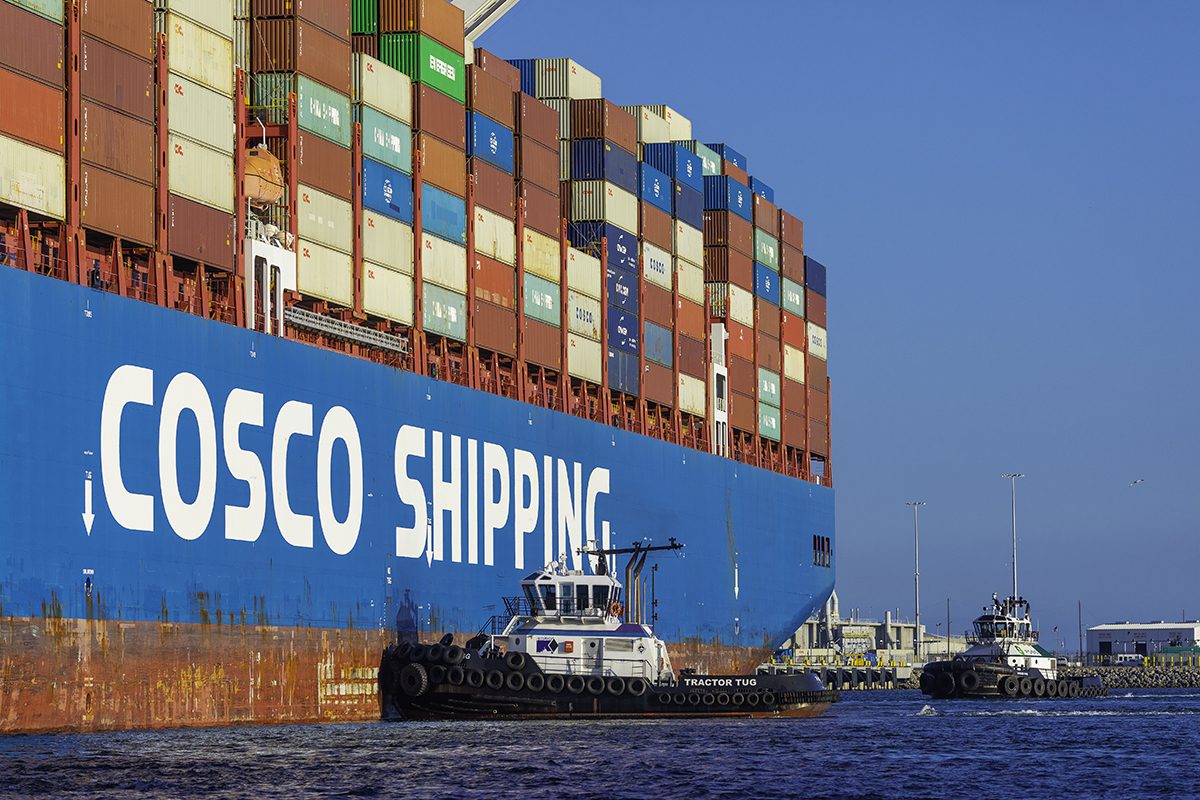Oct 30 (Reuters) – U.S. shippers are steering clear of East and Gulf Coast ports amid worries the 45,000 dockworkers at those trade hubs will go on strike again if their union leader does not land a new contract with employers by a Jan. 15 deadline.
The International Longshoremen’s Association (ILA) labor union and the United States Maritime Alliance (USMX) employer group had ended a three-day strike in October with a tentative agreement on wages, but left the thorny issue of port automation still to be resolved.
“Anything we expect that we need in the back half of January, we’re effectively diverting to the West Coast,” said Chris Peterson, CEO of Graco high chair and Crock-Pot cooker maker Newell Brands NWL.O, referring to the period after the new contract negotiating deadline.
Labor Drama or Economic Boom? What’s Really Fueling the Surge in U.S. Container Imports
Peterson said the company switched a “couple of hundred containers” of critical materials to the opposite coast to get ahead of what he expects will be a second strike lasting, at most, two weeks.
The Oct. 3 deal between the ILA and USMX gave workers a wage hike of around 62% over six years and restarted work at 36 affected ports that handle about one-half of U.S. ocean trade.
Remaining contract issues include automation, a key sticking point in negotiations as unions see it as a job-killer while companies view it as a path to better profit.
ILA union leader Harold Daggett wants employers to ditch automation projects that could threaten jobs, even though U.S. ports risk falling behind key global rivals that are embracing technology.
While the union on Friday said it planned to return to the bargaining table next month, many shippers are skeptical that an agreement can be reached without again stopping work at key ports like New York and New Jersey, Houston and Savannah.
“I’m concerned that we could be right back where we were just a few weeks ago,” said Mike Steenhoek, executive director of the Soy Transportation Coalition.
Salvatore Stile, founder of New York-based freight forwarder Alba Wheels Up International, put the risk of a second strike at 60-70% and said his clients also are avoiding East Coast ports.
“The main issue has always been automation, not the money. I think it’s going to go hard core,” Stile said of union bargaining.
Atlanta-based Newell is again rerouting goods after arranging for hundreds of containers filled with items manufactured in Asia to arrive at West Coast ports instead of East Coast facilities in October.
Volumes at the dominant West Coast ports in Los Angeles and Long Beach touched new record highs this summer, when shippers like club store operator Costco and jeans seller Levi Strauss LEVI.N swapped coasts or moved extra goods prior to the original contract deadline on Sept. 30.
“I’ve not heard anybody saying that they’re going to have a quick shift back in allocations to the East and Gulf Coast based on the tentative agreement,” said Port of Los Angeles Executive
Director Gene Seroka, who added that October is shaping up to be another strong month.
Meanwhile, some strike-affected ports are still working to clear cargo ships that got stuck when work stopped.
Close to a month out from the end of the October strike, the total number of waiting container ships is 25 compared with 54 on the day after the strike ended, according to Mirko Woitzik, global director of intelligence for Everstream Analytics.
“Savannah and Houston are still pretty congested following the strike,” Woitzik said, adding that he expects it to take another week to 10 days to return to pre-strike figures of around five.
Retailers likely saved Christmas by rushing in goods early, said Matthew Shay, CEO of the National Retail Federation, which counts Walmart and Target – the biggest users of container shipping – among its members.
Still, the knock-on effects of the strike hurt communities across the country, Shay said. “We certainly don’t want to see that continue into the next year.”
(Reporting by Lisa Baertlein in Los Angeles and Doyinsola Oladipo and Jessica DiNapoli in New York;Editing by Marguerita Choy)
(c) Copyright Thomson Reuters 2024.

 Join The Club
Join The Club











